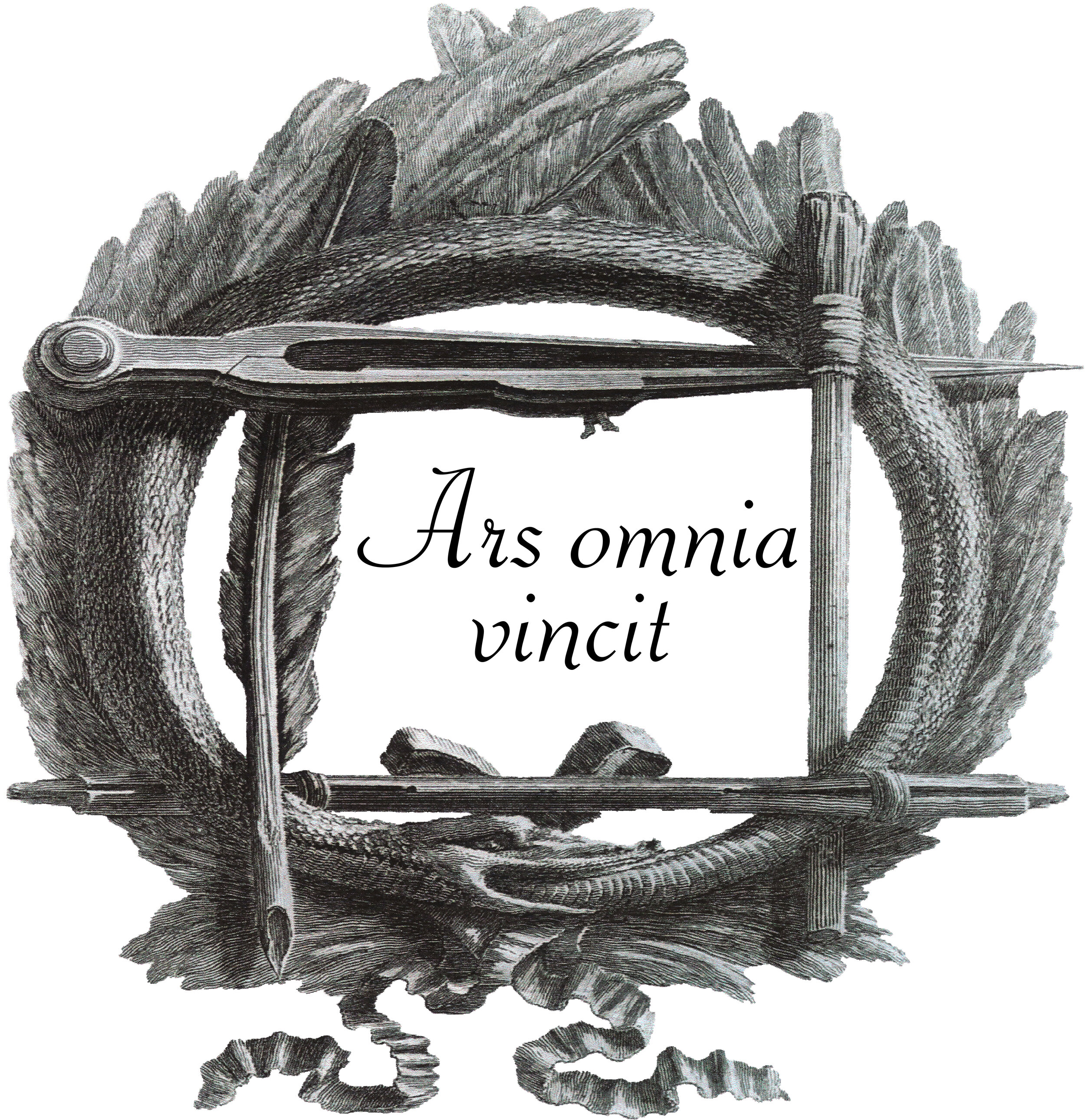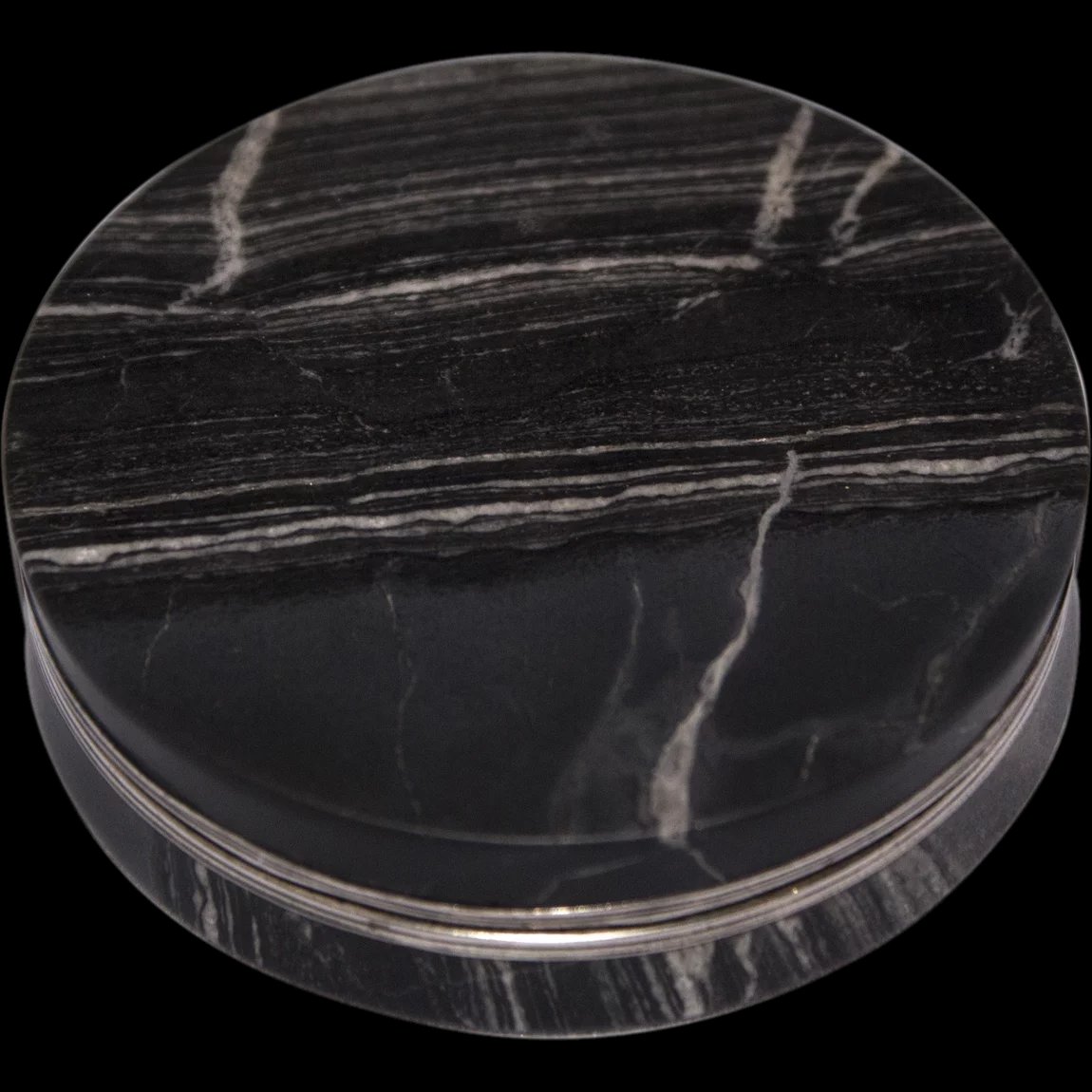Not Available - Box with miniature painting View of the Streets of Tombs in Pompeii



Not Available - Box with miniature painting View of the Streets of Tombs in Pompeii
Rectangular box in veneered olive burl wood with tortoiseshell and gold, the lid is decorated with a miniature called fixé (oil on silk applied under glass), depicting a scene of archaeological excavations with landscape in the background; the subject represented is the so-called Street of Tombs in Pompeii with the Gulf of Naples in the distance. On the bottom of the box, a mirror with a reverse painted trompe-l'oeil grisaille landscape .
Attributable to a painter of the School of Posillipo: Salvatore Fergola (Naples 1796-1874) or Francesco I Fergola (Naples 1801-1875) or Giacinto Gigante (1806-1876)
Naples, 19th century 1830/40 circa, on the back stamped in the wood COLLETTA most probably the name of the shop where it was sold or made for..
Dimensions cm 7 x 10 x 3
Excellent conditions commensurate with age: small missing pieces in the veneered burl wood.
"The Street of Tombs in Pompeii outside Herculaneum Gate": imagine, under a burning sun, or - if you prefer - under a pale moonbeam, a road twenty feet wide, five hundred long, still all furrowed by ancient carriages, all equipped with sidewalks similar to ours, all flanked, left and right, by funerary monuments, above which oscillate some thin and sad shrubs popped with great difficulty from that ash; a road that offers at its end. like a great arch through which nothing can be seen but the sky, the gate through which one went from the city of the dead to the city of the living; that all of this is surrounded by silence, solitude, recollection, and there will be an idea, still very incomplete, of the marvelous appearance of the suburb of Pompeii called by the ancients of Augustus Felix, and by the moderns. (Alexandre Dumas (1802-1870), Il Corricolo, 1841-1843.)
The first excavations in the Pompeian area began in 1748, at the behest of Charles III of Bourbon following the success of the findings of Herculaneum: the polls were carried out by Roque Joaquín de Alcubierre, who, believing that he was on the trail of the ancient Stabiae, brought to light near the hill of Civita several coins and objects from the Roman period, as well as portions of buildings, readily covered after exploration. The explorations were soon abandoned because of the scarce findings and only resumed in 1754; in 1763, thanks to the discovery of an epigraph, which spoke clearly of the Res Publica Pompeianorum, it was understood that it was the ancient city of Pompeii. With Maria Carolina, wife of Ferdinando IV, and the engineer Francesco La Vega, part of the city, such as the theater area, the temple of Isis, the Triangular Forum, several houses and necropolis were completely brought to light and no longer buried, but remained in sight; it was during French rule, headed by Gioacchino Murat and his wife Carolina, that the excavations enjoyed a moment of fortune: the city walls were identified and the area of Porta Ercolano was almost completely brought to light; moreover, thanks to the publications wanted by Carolina, the fame of Pompeii grew throughout Europe, becoming a must in the Grand Tour. With the return of the Bourbons to Naples, the excavations experienced a period of stasis: if we exclude Francesco I, with Ferdinando II and Francis II, the ruins were used only as a place to be visited by court guests.










